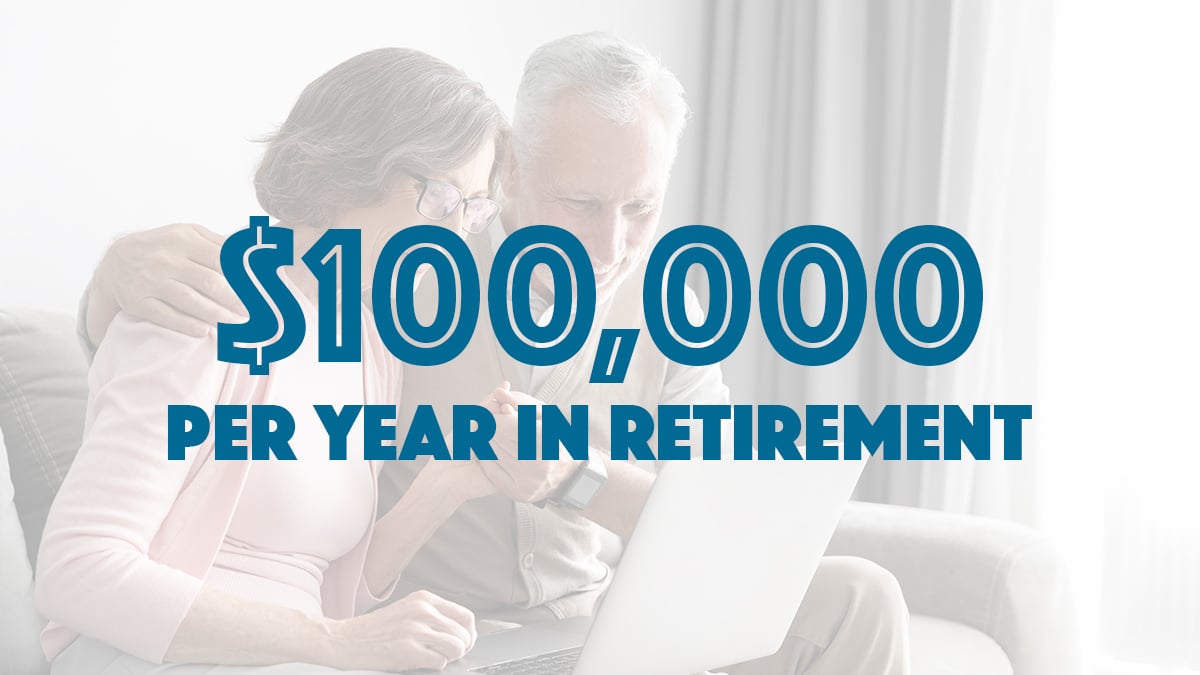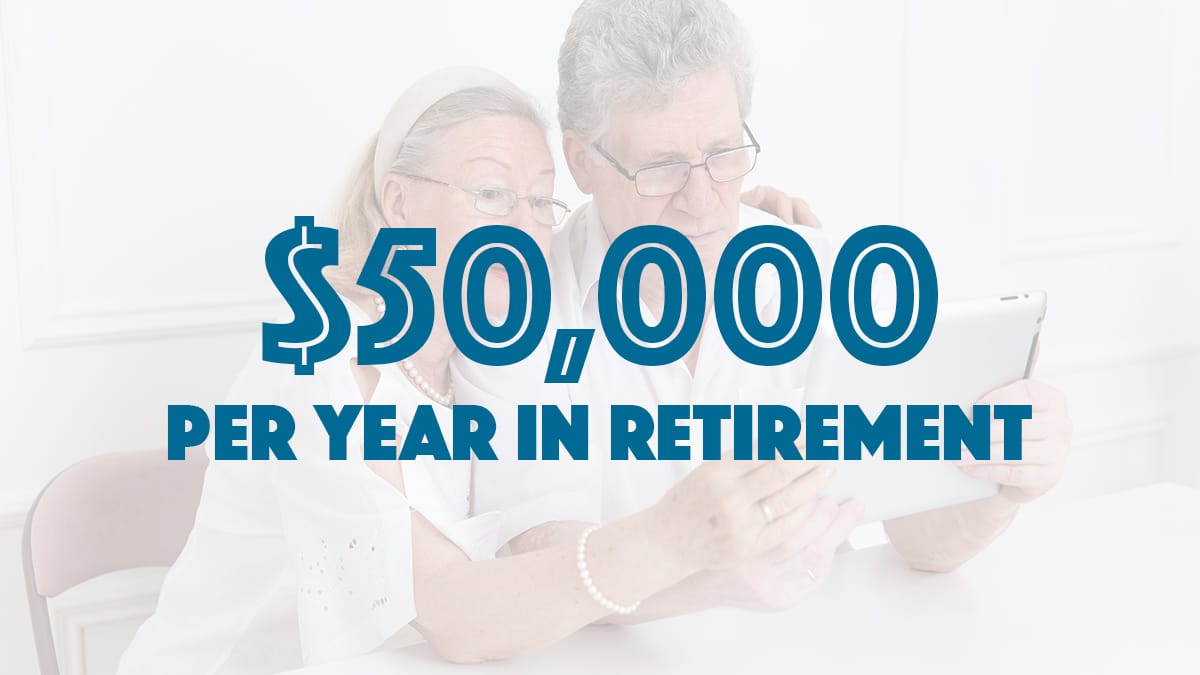One of the biggest questions asked about super is the balance to aim for. It is difficult to commit to saving without a clear target, so thinking about your income goal and the balance you will need to fund it is a great place to start your retirement planning.
If you are single and dreaming of regular travel and restaurant dining for your post-work life, perhaps $80,000 a year aligns with your retirement budget.
As research suggests couples need combined income of around 40% more than a single person to achieve the same lifestyle, $112,000 per year should suit a couple looking to enjoy similar pursuits.
Crunching the numbers
The super balance required to provide a set level of income varies depending on many factors including when you plan to retire, how long you need your money to last, how your super is invested, and whether you have other investments outside super that will provide some of your retirement income.
The tables below show the super balance required to provide an annual income of $80,000 for a single or $112,000 for a couple retiring at age 60 or 67.
It is assumed that you apply for and receive the Age Pension as soon as you are eligible, that is, when the value of your assessable income and assets has reduced below the maximum levels permitted under the Age Pension means tests.
Learn more about Age Pension eligibility.
We have used TelstraSuper’s Lifetime Income Calculator to model outcomes based on investing the entire balance in an account-based pension, in the investment options shown.
We chose this calculator because it is one of the most comprehensive available, and provides output based on the likelihood of reaching the goal.
We have selected the default ‘highly likely’ option and target age of 92, meaning there is an 80% chance the set income will last until this age.
In many cases, income would last beyond the target but there is a 20% chance, based on the expected variability of investment returns, that the goal would not be reached, with either the balance being reduced to zero before age 92 or providing a smaller income.
Once the balance is exhausted, future income will come from the Age Pension alone.
Transfer balance cap
Keep in mind that the transfer balance cap limits the amount of money you can shift into a super pension account. The cap is $1.9 million in 2024–25 and is indexed to keep pace with inflation. It is scheduled to rise to $2 million on 1 July 2025.
Excess amounts need to remain in a super accumulation account or outside super, where earnings will be taxed. The interaction of the transfer balance cap with other income and investments can be complex, so we advise you to seek professional advice if you feel it may apply to you.
The transfer balance cap applies per person, which means a couple could transfer up to $3.8 million ($4 million from 1 July 2025) to pensions by each using the maximum cap available to them, if both partners have a super balance that has reached the limit.
Note
The transfer balance cap was originally set at $1.6 million. The cap will continue to be indexed to inflation, measured by the consumer price index (CPI), in $100,000 increments in future.
Learn more about the transfer balance cap.
Where to go for more
We hope the figures in the tables below will get you thinking about the ballpark you need to aim for, but remember that this data represents a small selection of possible outcomes and cannot substitute for a personalised calculation.
To build a picture of your own circumstances, use a good quality retirement projection tool such as the TelstraSuper Retirement Lifestyle Planner or Mercer Retirement Income Simulator. Make sure you include as much information as possible about your circumstances, including investments outside super, and review and adjust the assumptions including fees to ensure your projection is as meaningful as it can be.
If you are interested in using a lifetime pension to provide some of your retirement income, the TelstraSuper Lifetime Income Calculator and QSuper Lifetime Pension Income Estimator are also worth a look.
While we used 80% certainty in our modelling using TelstraSuper’s tool, this is simply the default option. When running your own calculation, you may instead choose 70% certainty, or 90% certainty based on the risk you are willing to accept.
To help you navigate these and other free retirement planning tools, SuperGuide has developed a range of video demonstrations in the calculators section.
Learn more about the factors to consider when planning how much super you need to retire.
Disclaimer
This article is intended to give approximate figures only about the range of super required to fund a retirement income of approximately $80,000 per year for a single and $112,000 per year for a couple. These figures do not consider your personal circumstances and are estimates only. We recommend you undertake additional research for your own retirement planning, and wherever possible seek independent financial advice.














